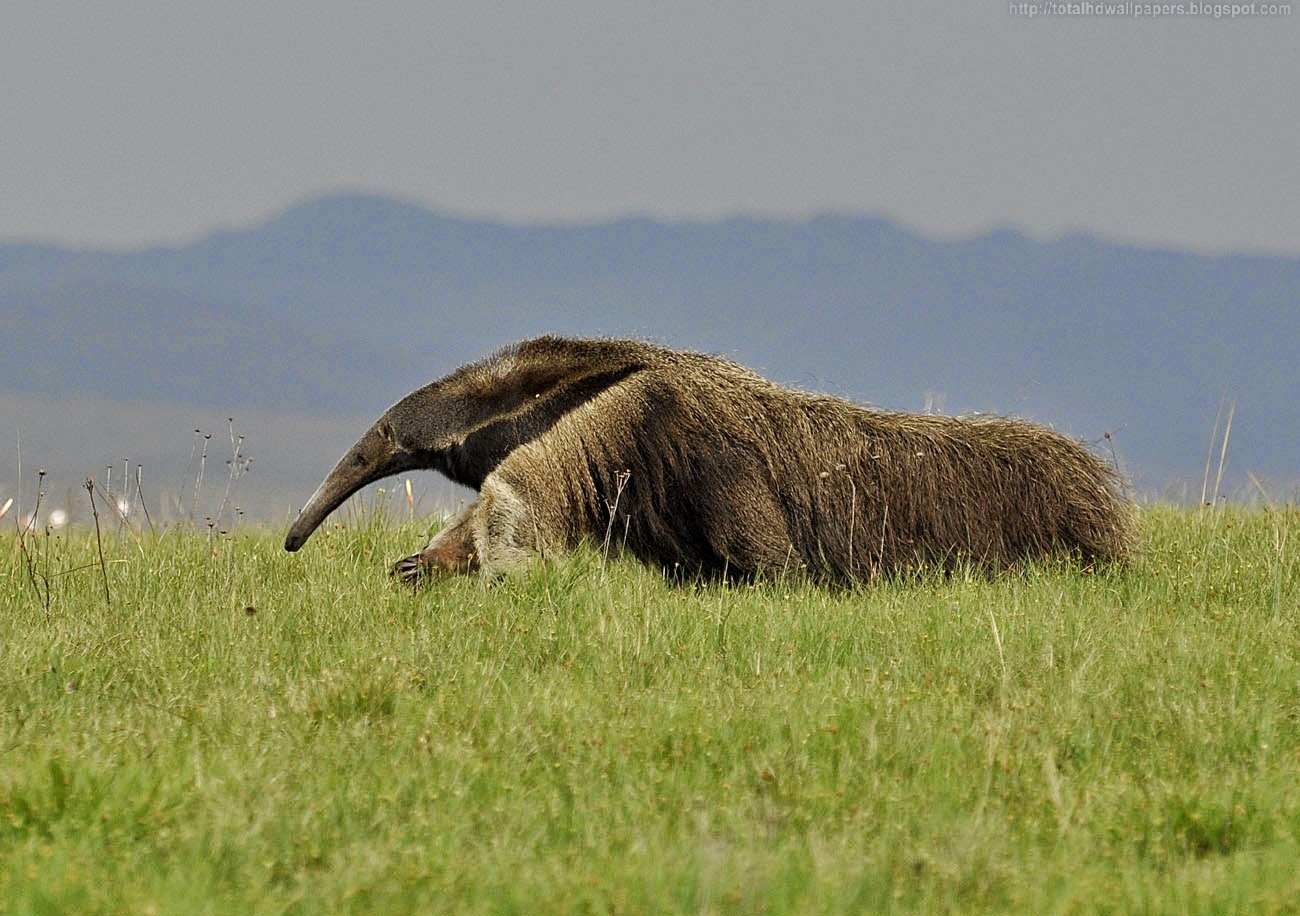
Ant-Eater

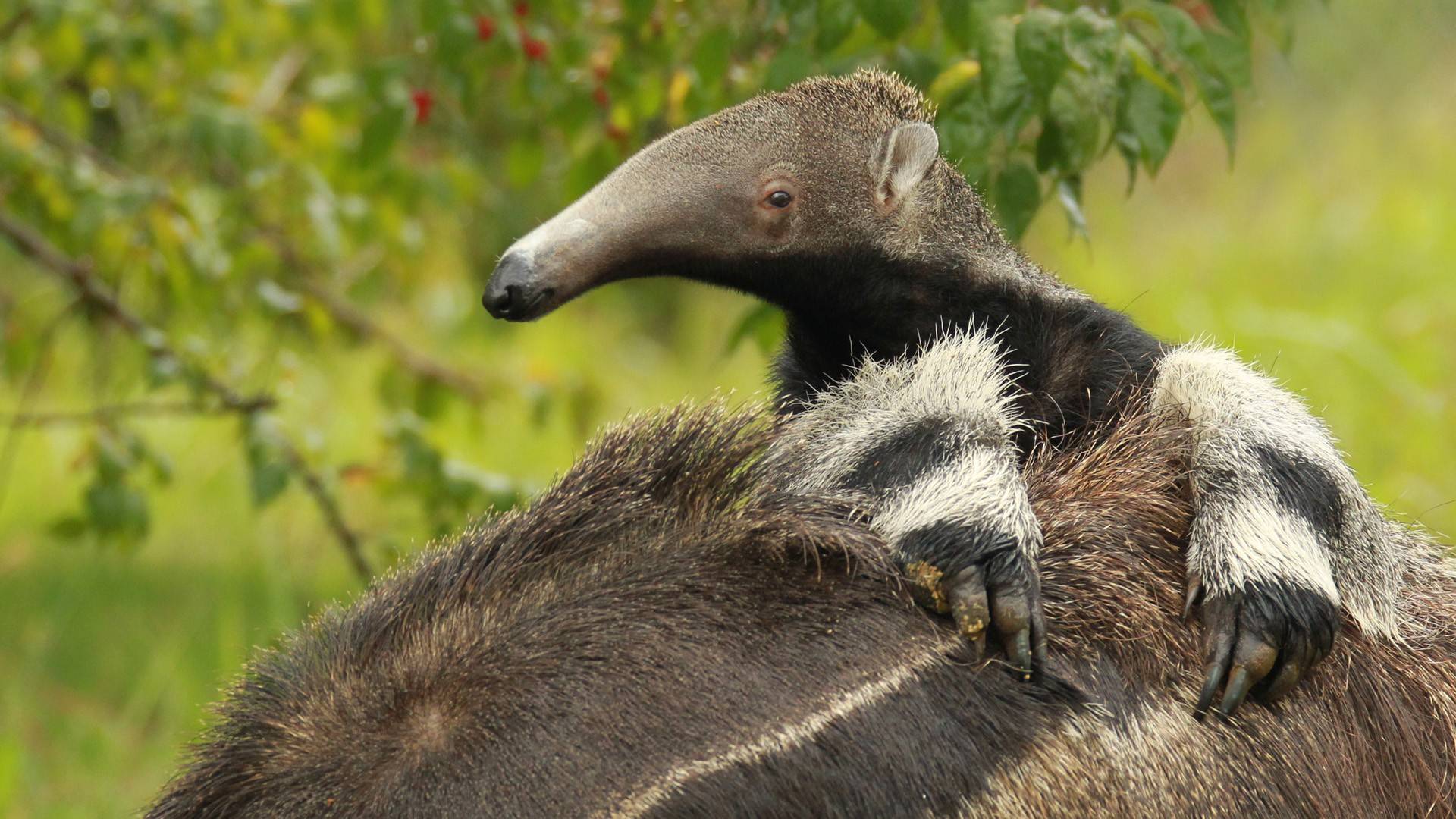
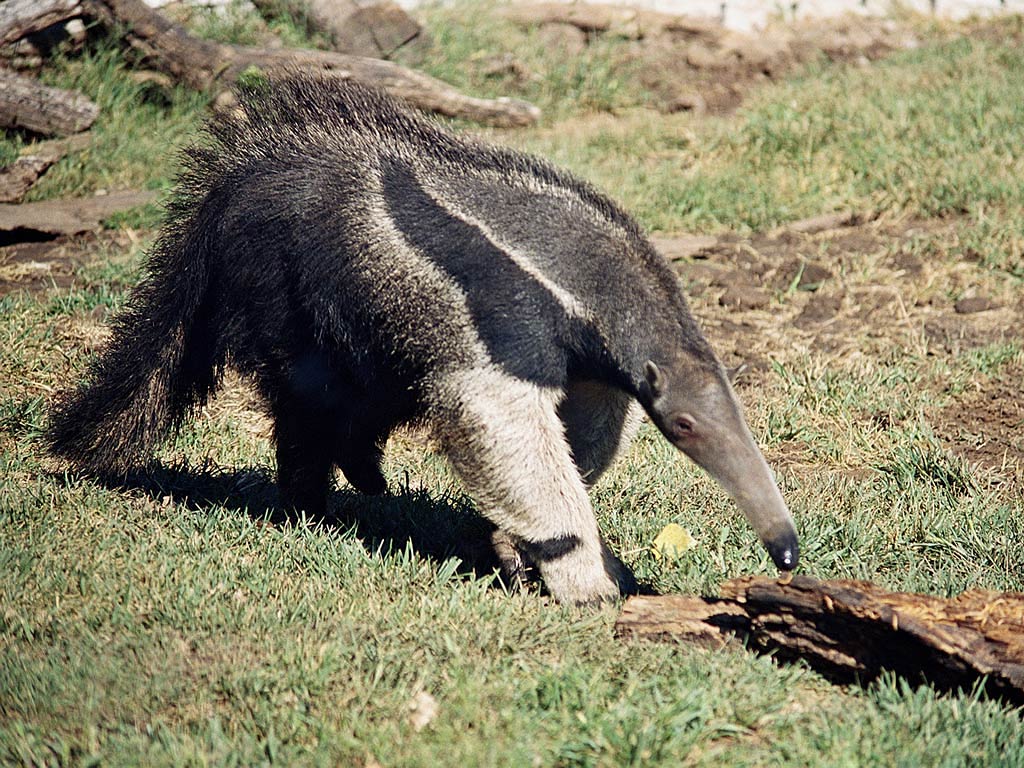
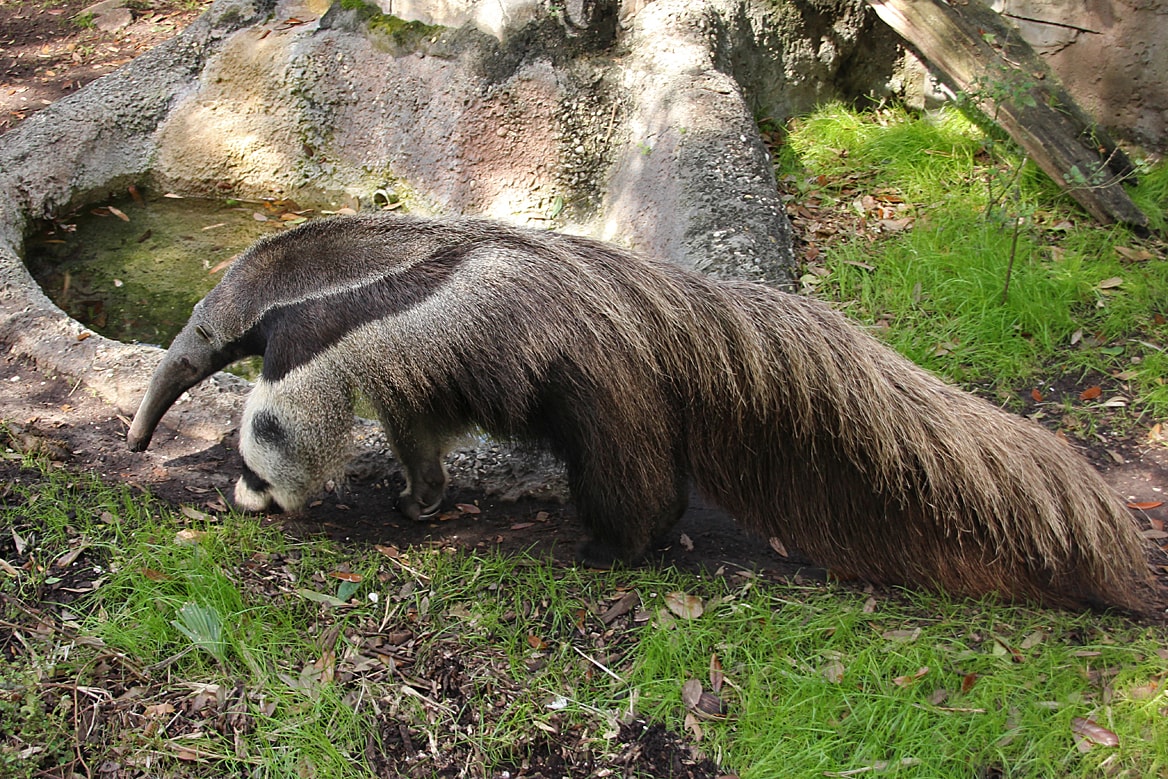
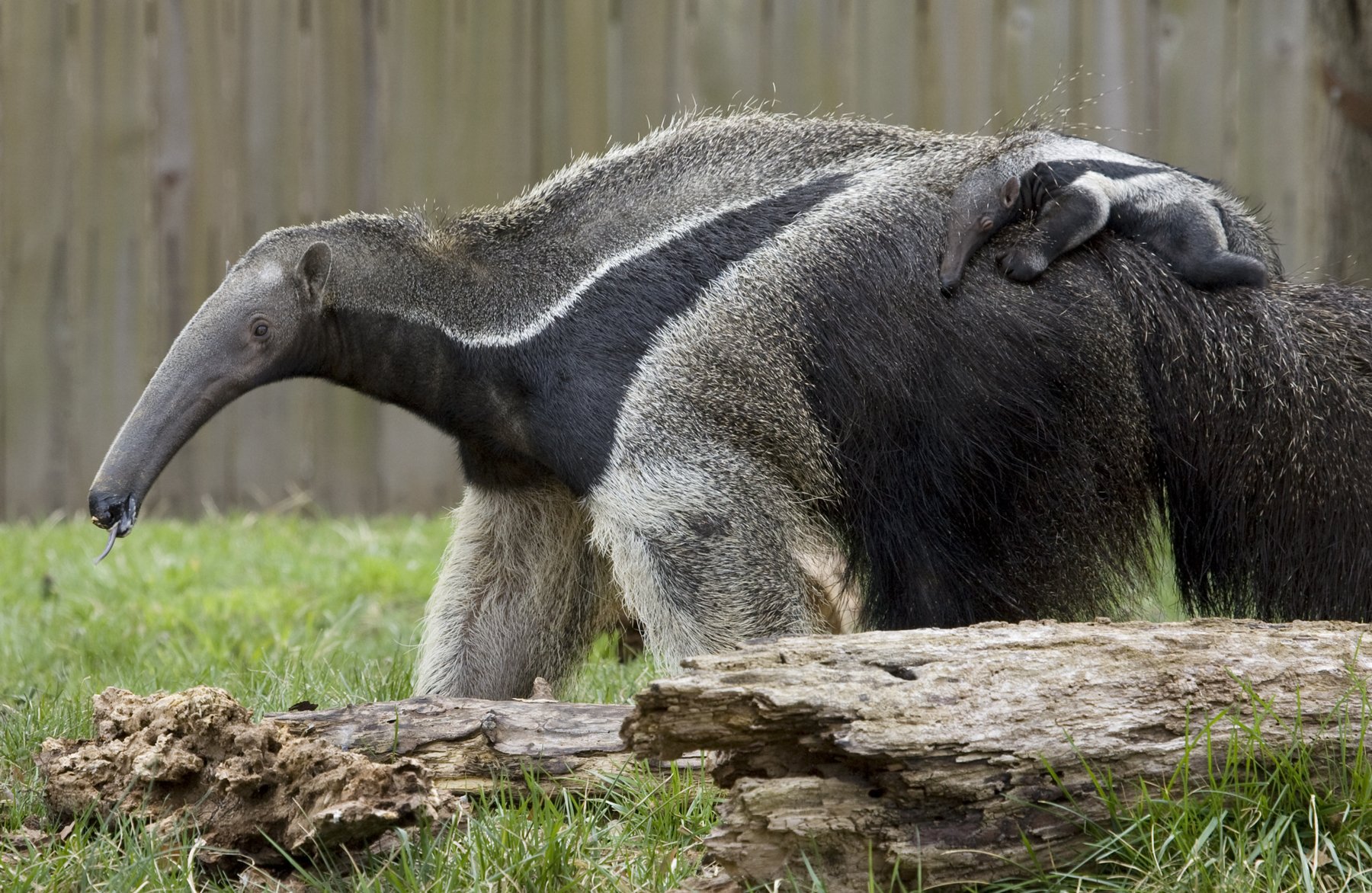
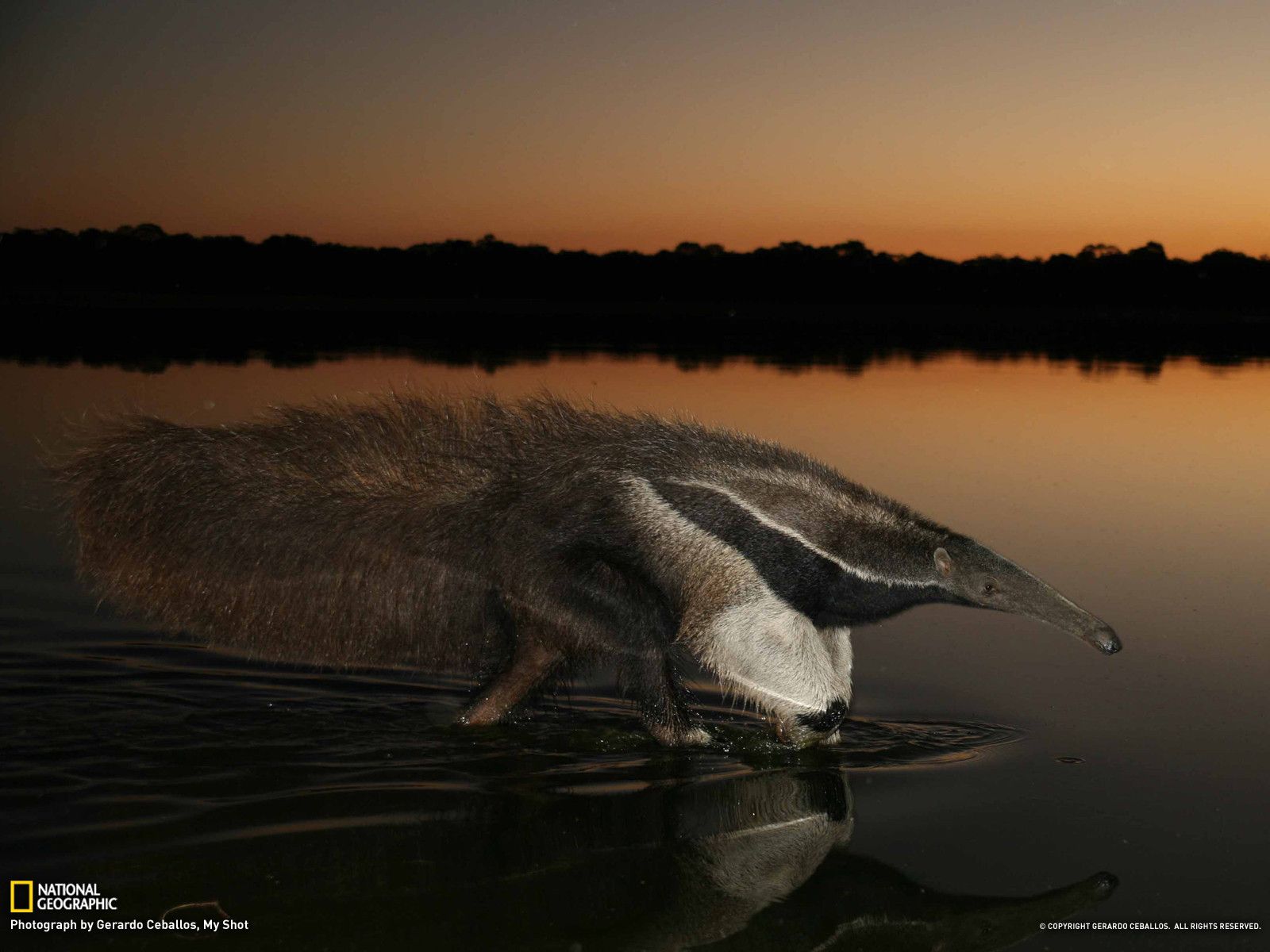

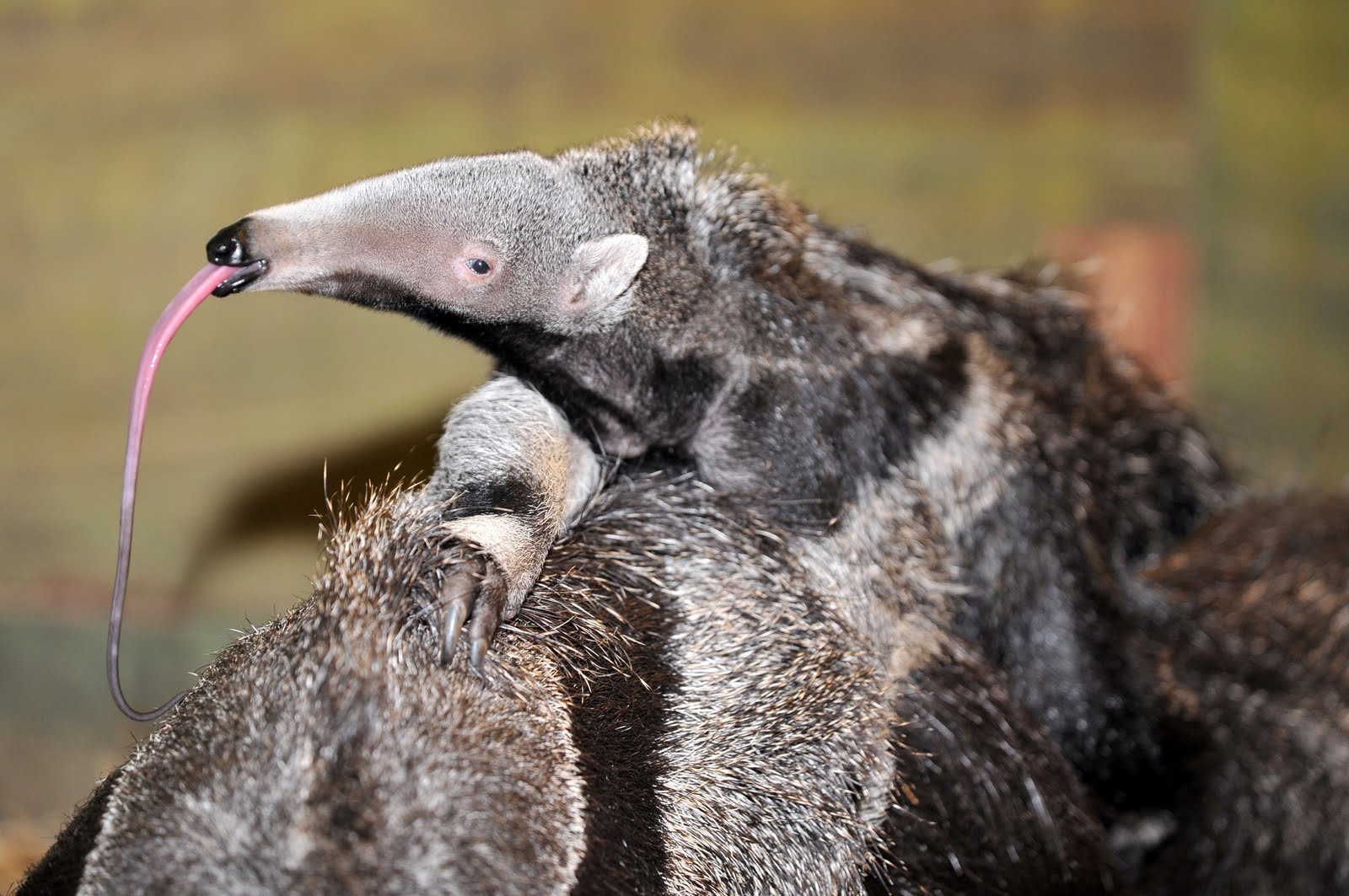

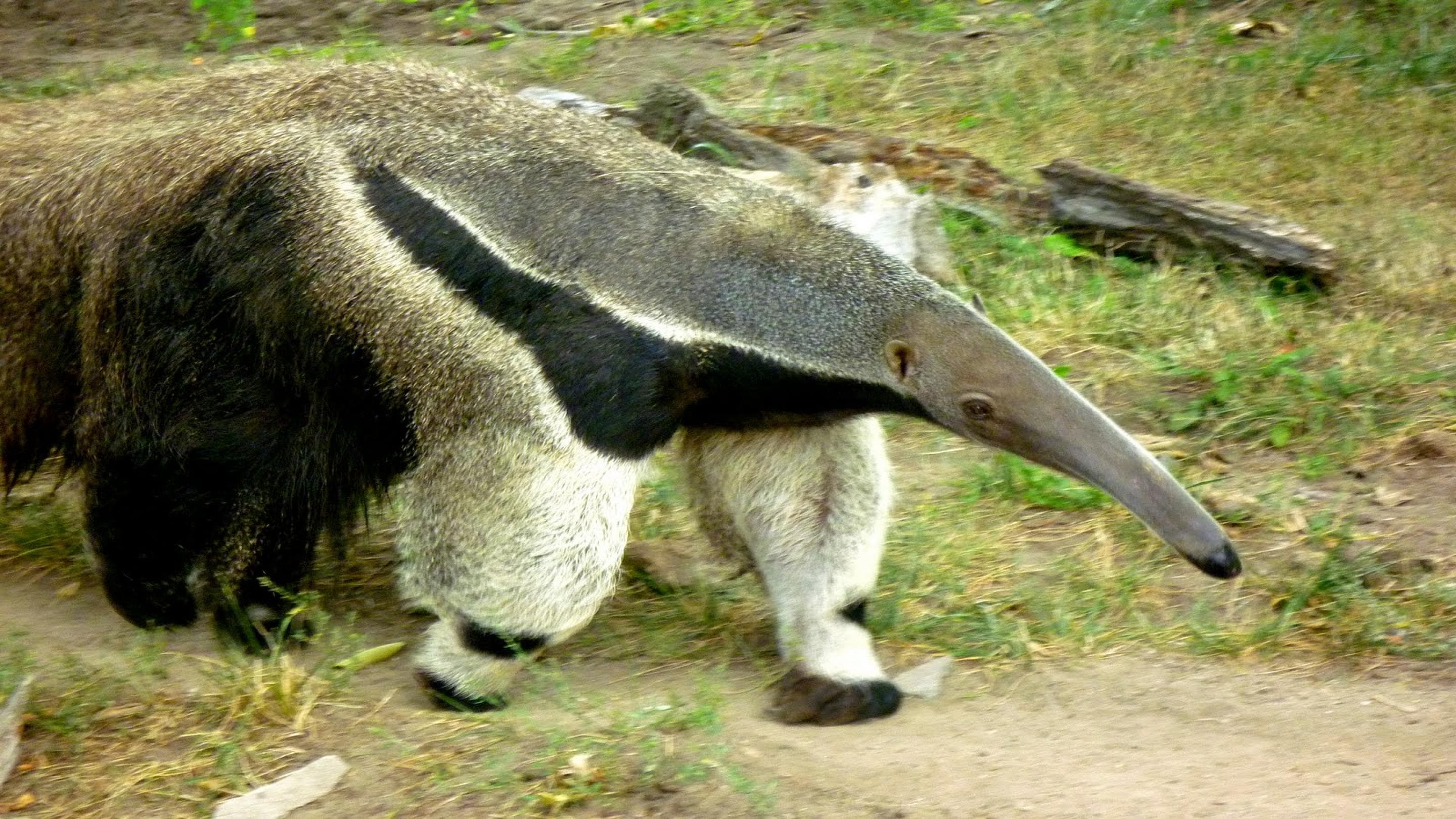
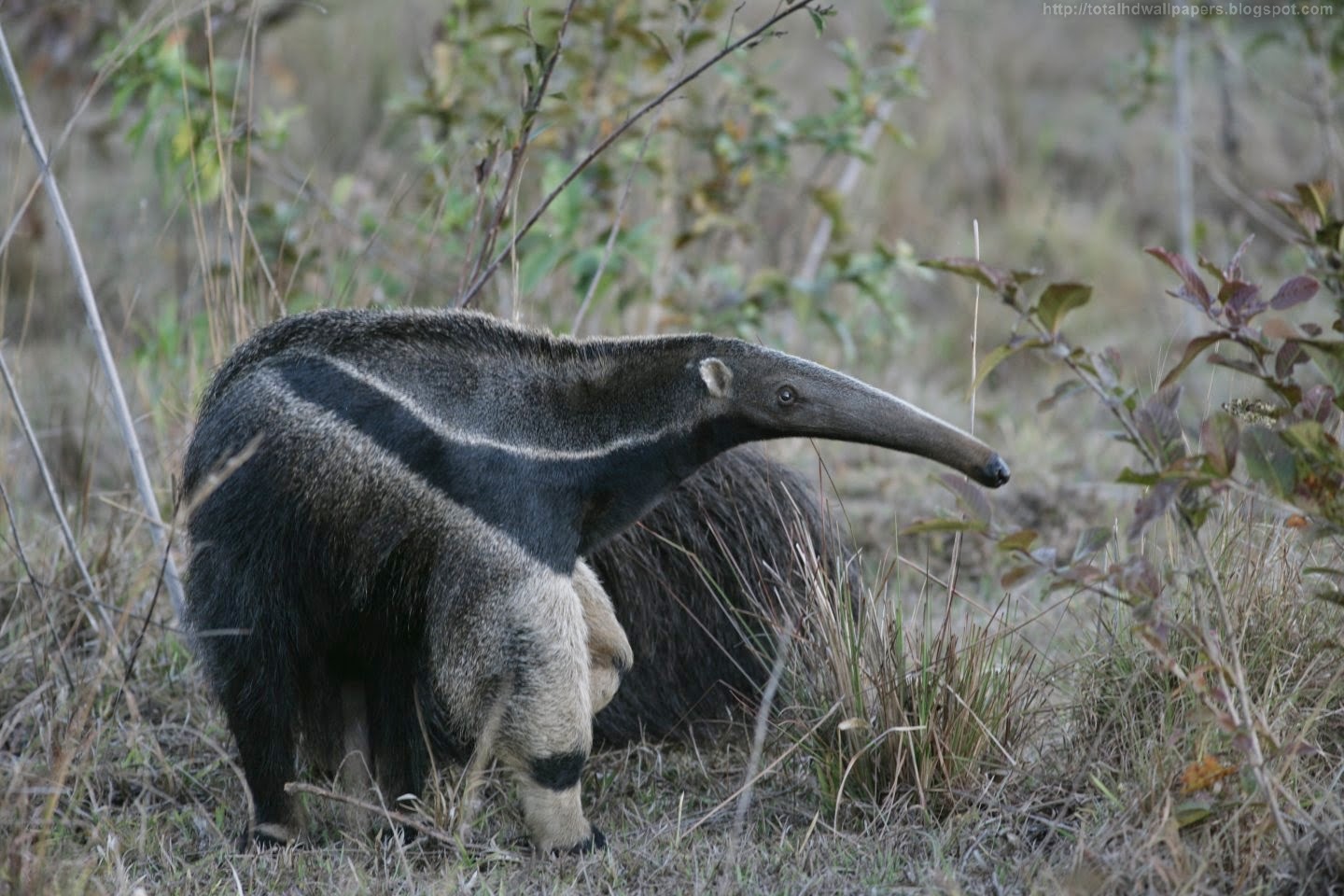

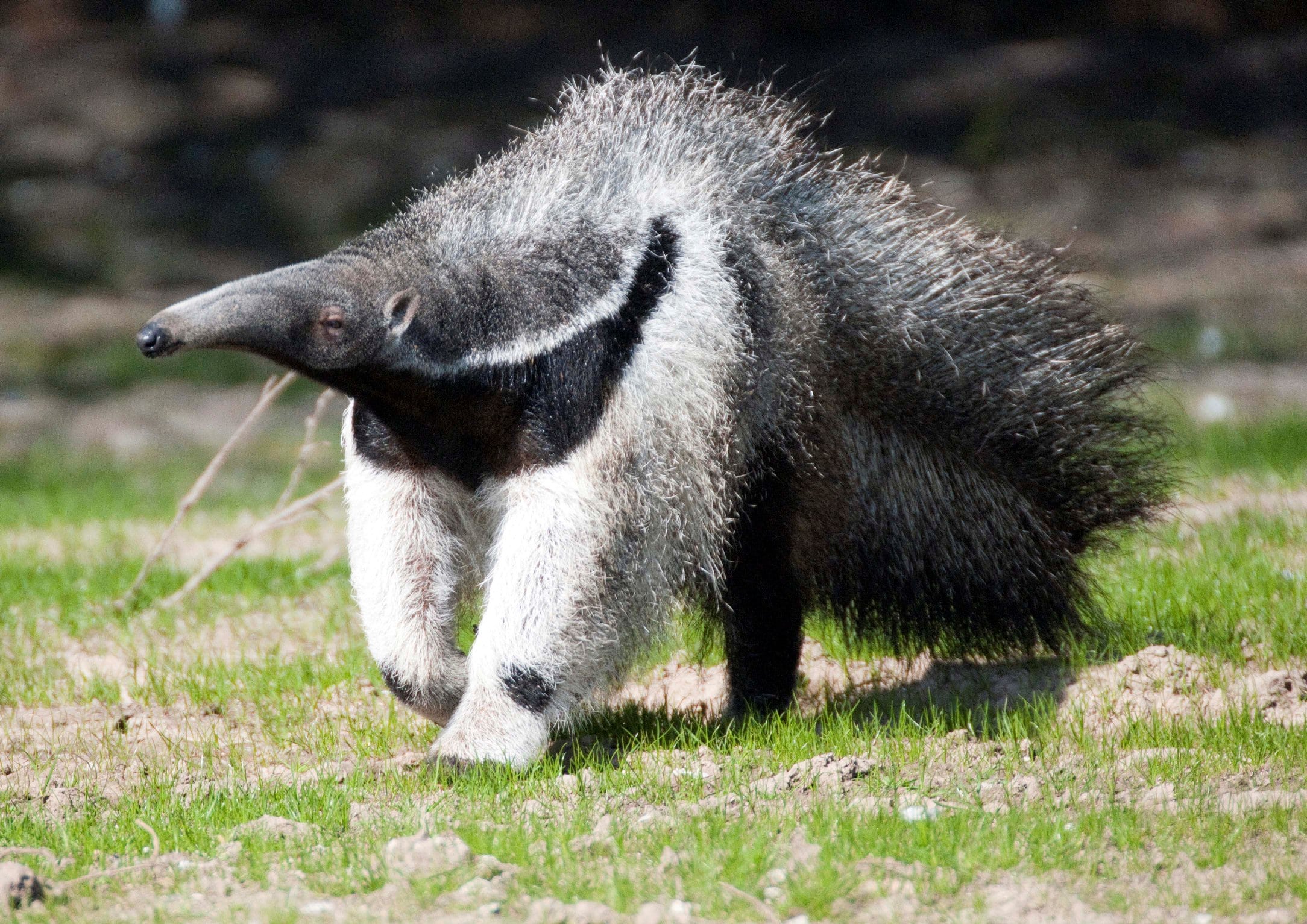
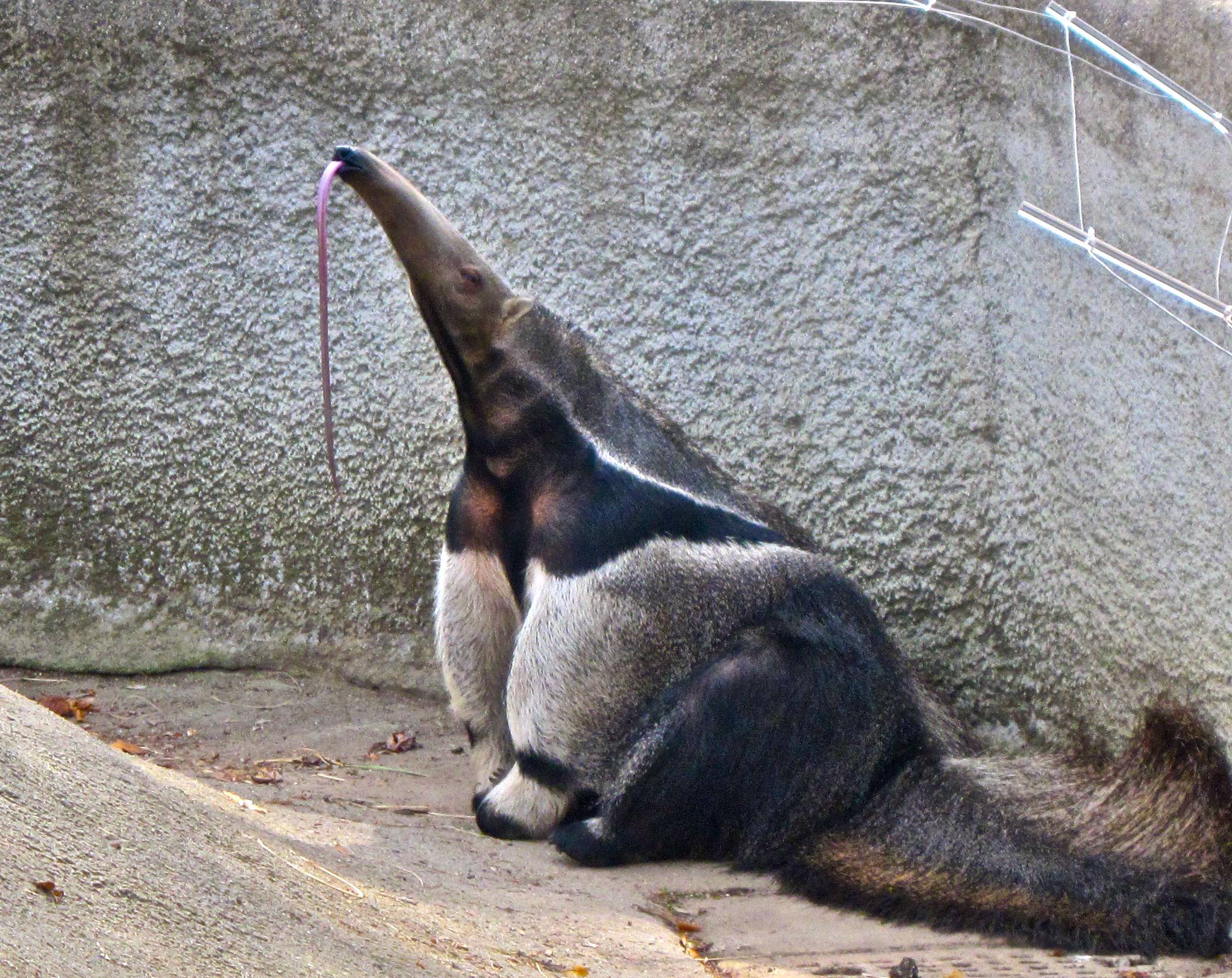
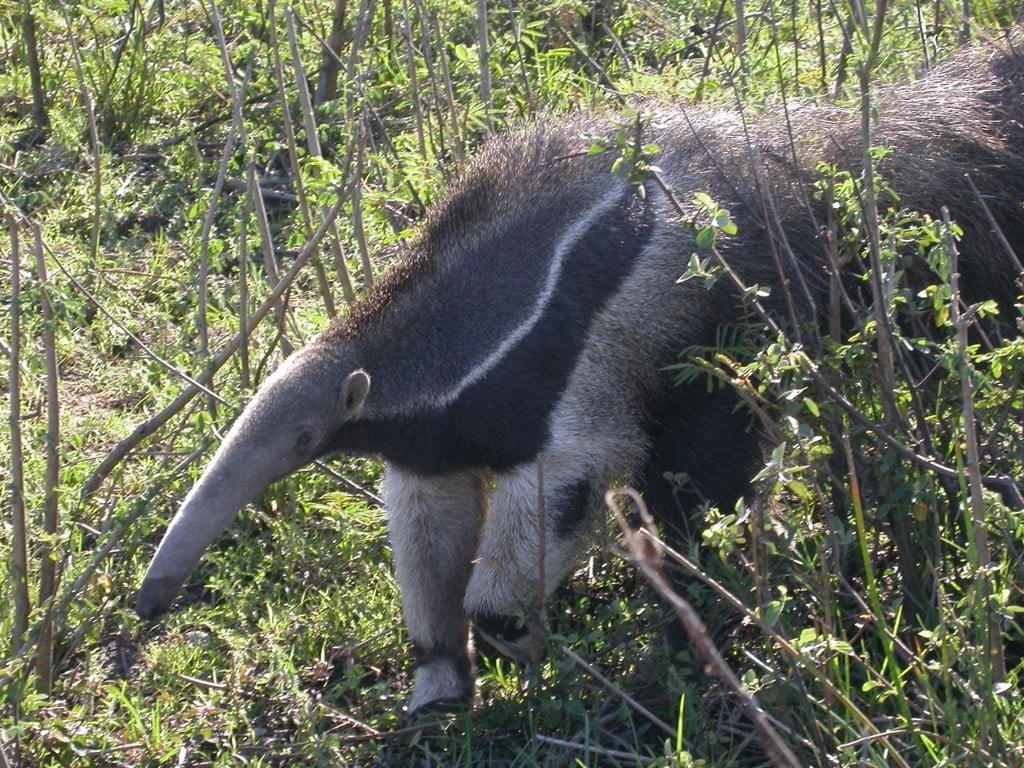
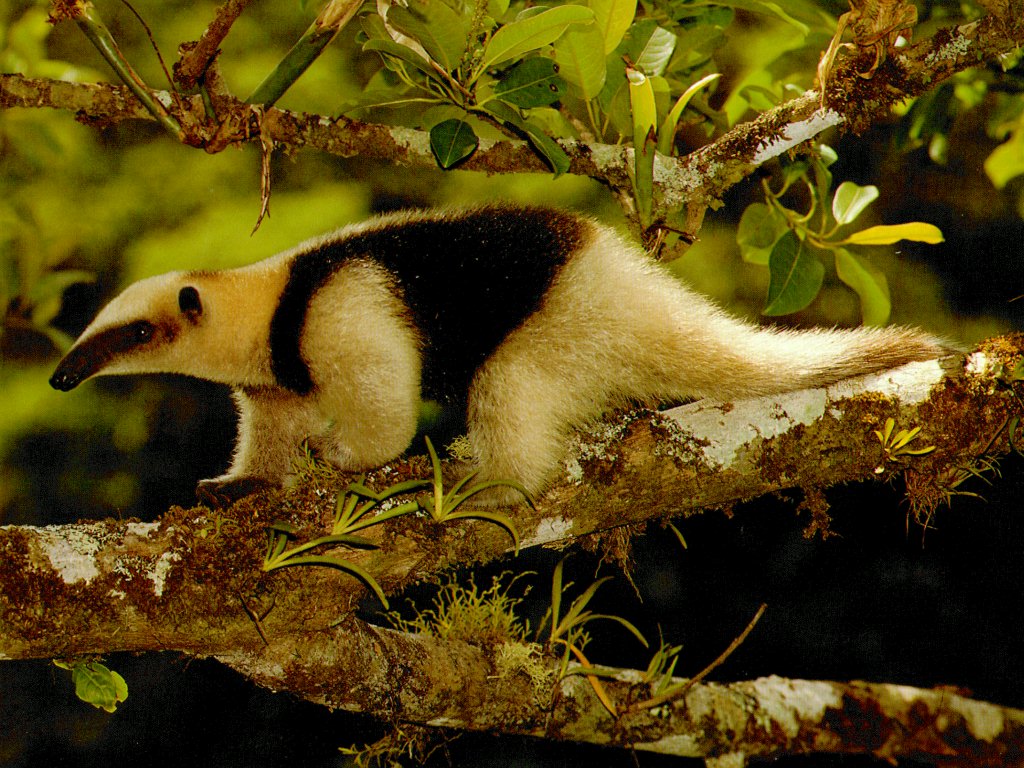
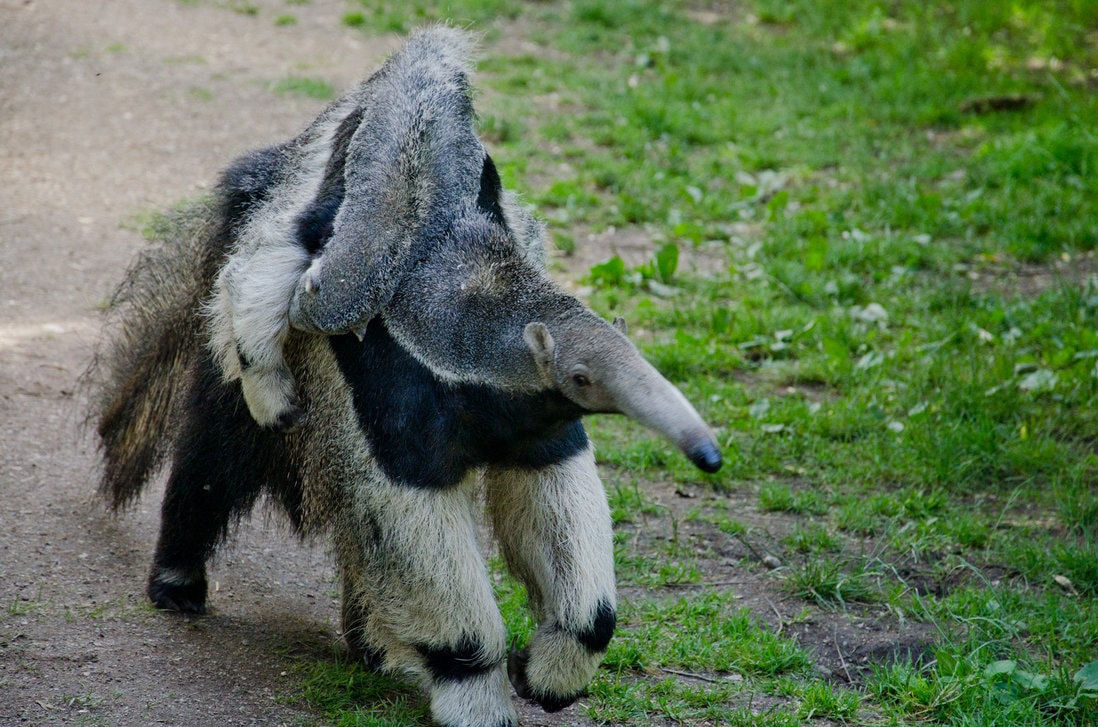
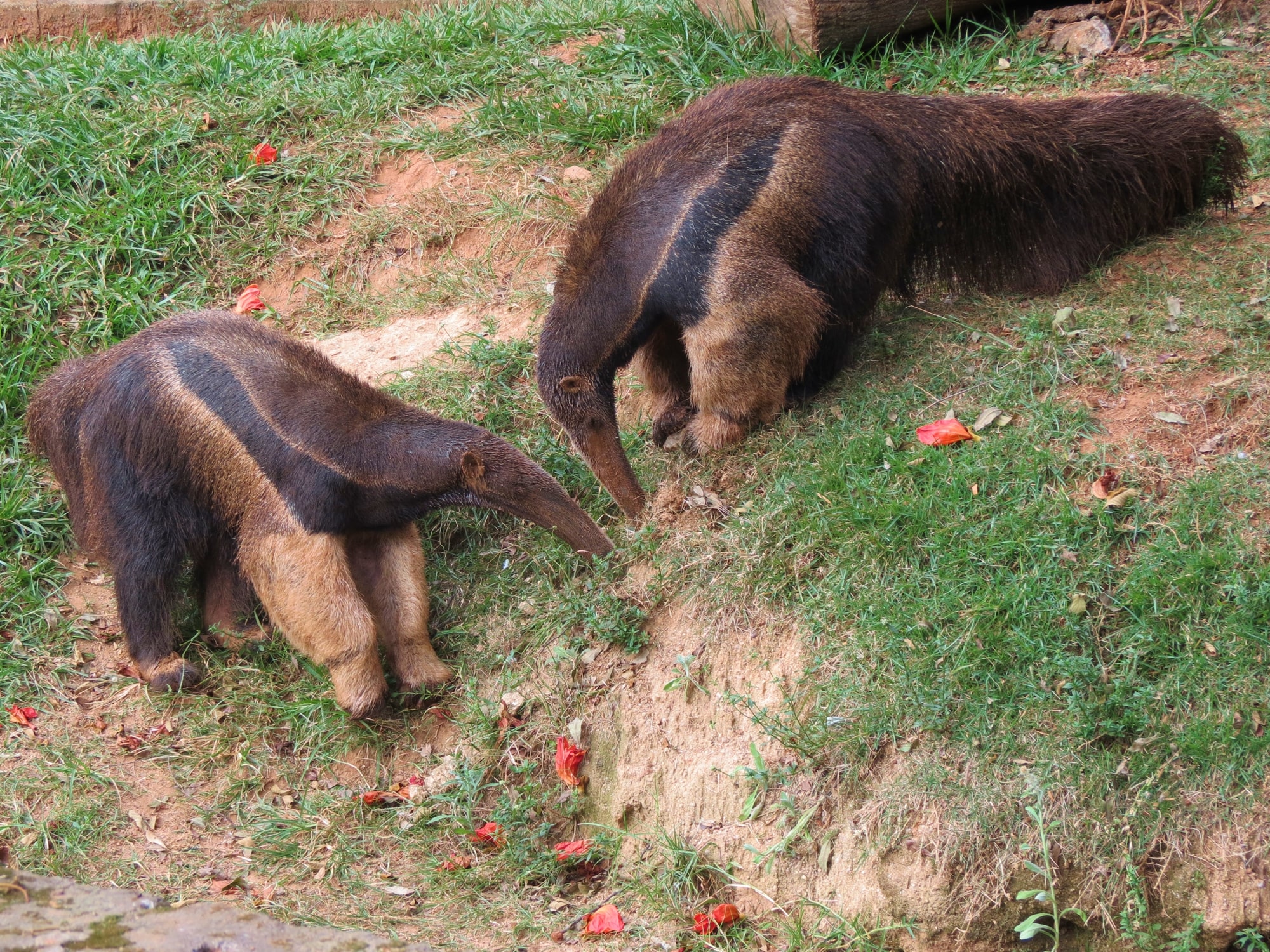

Ant-Eater wallpapers for your PC, Android Device, Iphone or Tablet PC. If you want to download Ant-Eater High Quality wallpapers for your desktop, please download this wallpapers above and click «set as desktop background». You can share this wallpaper in social networks, we will be very grateful to you.
Anteaters – unusual animals with a rather strange appearance, significantly inferior to fame other types of animals. There are only four kinds of anteaters: giant, tetradigitate, Tamandua and dwarf, they are all united in the family in the unit myrmecophagidae missing teeth. Accordingly, the only relatives are the anteaters and sloths, armadillos, although apparently these animals are quite dissimilar to each other.
Dimensions anteaters vary widely. So, the biggest giant anteater is huge, body length he can reach 2 meters, of which nearly half are in the tail, weighs 30-35 kg. Most tiny silky anteater has a total body length of 16-20 cm and weighs about 400 g and Tamandua Southern Tamandua are 54-58 cm in body length and weigh 3-5 kg.
His head anteaters relatively small, but highly elongated snout, so it can be up to 20-30% of the body length. Muzzle anteaters are very narrow, and the jaw are fused together so that the anteater is almost can not open the mouth. In fact aardvark snout resembles a pipe, which is located at the end of a tiny nostrils and the mouth. In addition to all anteaters completely devoid of teeth, but long tongue stretches the entire length of the muzzle, and the muscles, through which it is attached unprecedentedly powerful – the muscles that control the tongue attached to the sternum! Language of the giant anteater has a length of 60 cm and is considered the longest of any land animal.
The eyes and ears are small anteaters, of medium length neck, but it seems short, so as not very flexible. Feet strong and ends with powerful claws. Only these, long and curved like hooks, claws and resemble a relationship with anteaters sloths and armadillos. The tail of these animals is long, and the giant anteater, he completely inflexible and sent all the time parallel to the ground, while the other types of muscular and tenacious, with the help of anteaters move through the trees. Coat tree species anteaters short, and the giant anteater is long and very tough. Particularly long hair on the tail, which makes the tail of a giant anteater resemblance to the swab. Painting of giant anteater brown, front paws are colored lighter (sometimes almost white), from the chest to the back runs a black stripe. Other types of anteaters are painted in a contrasting yellowish-brown and white colors, especially bright coloring looks Tamandua.
Anteaters, as well as other members of the order edentates, live exclusively in America. The largest area of the giant and the silky anteater, they live in Central and in most parts of South America. Tamandua is found only in the central part of South America – Paraguay, Uruguay and Argentina. The northernmost species – Southern Tamandua, whose range extends from Venezuela to the north of Mexico, inclusive. The giant anteater inhabits grassy plains (pampas) and other species closely related to the trees, to be inhabited by rare woods. The rhythm of life of these animals unhurried. Most of the time they go through the land in search of food, simultaneously turning on the way coming across rocks, snags, stumps. Because of the long claws anteaters can not rely on the entire plane feet, so give them a little obliquely, and sometimes rest on the back of the hand. All kinds of anteaters (except giant) to easily climb trees, clinging clawed paws and holding with the help of a prehensile tail. The crowns are examined bark in search of insects.
Activity, these animals are often in the dark. Anteaters are stacked sleep, curled tail and sheltered, and smaller species are trying to choose the places poukromnee and giant anteater can not hesitate to go to sleep in the middle of a bare plain – nobody to be afraid of this giant. Generally, anteaters not too smart (smart all edentates underdeveloped), but still in captivity love to play with each other, arranging clumsy scuffle. In nature, anteaters live alone and rarely meet each other.
They feed exclusively on insects and anteaters are not all in a row, and only the smallest species – ants and termites. This selectivity is the lack of teeth: since the anteater can not chew food, swallow it whole insects, and they are digested in the stomach very aggressive gastric juice. To food is digested faster, it should be quite small, so large insects anteaters do not eat. However, anteater facilitates the work of your stomach that frays or partially crushes the insects on the hard palate at the time of ingestion. Because the food in small anteaters they have to absorb it in large quantities, so are in a continuous search. Anteaters move like a living vacuum cleaner, tilting her head to the ground and constantly sniffing and pulling in his mouth all the food (they smell very spicy). With disproportionate force, they noisily turned over driftwood, and if you meet on your way mound, then arrange it in a real defeat. Powerful claws anteaters destroy the mound and quickly lick termites from the surface. During the feast anteater tongue moves with great speed (up to 160 times per minute!), That’s why he has such a powerful musculature. Insects stick to the tongue due to sticky saliva, the salivary glands and reach enormous sizes and are attached to the sternum, as well as language.
Mating takes place in giant anteaters twice a year – in spring and autumn, the other species mate more often in the fall. Because anteaters live alone, it is rarely more than one male, so the mating rituals of these animals is not near one female. The male finds the female by smell, anteaters silent and special call-up signals are not fed. Gestation lasts from 3-4 (for a dwarf) to 6 months (the giant anteater). The female gives birth to one calf standing, pretty small and bare, which is itself climbs on her back. From that moment on she always carries it on itself and calf tenacious keeps clawed paws behind her back. In the little baby giant anteater is generally difficult to detect because it is buried in the hard coat mother. Females of Tamandua frequently during feeding on a tree chafing baby at any branch, completing all his business and his mother takes the baby descends. anteaters Cubs spend with his mother for a long time: the first month are on her back all the time, then they begin to descend to the ground, but remain attached to the female up to two years! It is not uncommon to see a female aardvark, carrying on his back “baby” is almost equal to the size of it. Sexual maturity is reached in different types of 1-2 years. Giant anteaters live up to 15 years, Tamandua – to 9.
In nature anteaters have few enemies. In large giant anteaters even dare to attack only the Jaguars but against predators in the animal have a gun -. Claws up to 10 cm in the case of danger anteater falls on his back and began awkwardly waving all four paws. External absurdity of such behavior is deceptive, anteater can cause severe injury. Small species are more vulnerable to them except jaguars can attack large boas and eagles, but these animals are protected by the claws. In addition to turning over on his back, they can sit on the tail and claws to fight back, and the silky anteater does the same thing, hanging on the tail on a tree branch. A Tamandua uses as an additional protection is also an unpleasant smell, for it is the locals even called it the “forest skunk.”
All kinds of anteaters maloplodovity by nature and very dependent on specific food sources, so these animals are difficult to restore strength in the places where they consume. Locals have always led the hunt for these animals for their meat, so the giant anteater is already listed in the Red Data Book as being at risk. However, the greatest danger to them are not hunters, and the destruction of natural habitats. In zoos and anteaters are found not often, perhaps, the cause is the low interest of the public in an obscure animal. At the same time contain the animals in captivity was surprisingly easy. Gourmets-anteaters in captivity is easy to pass on to them unusual food – happy to eat not only insects, but also beef, berries, fruits, and especially love … milk.


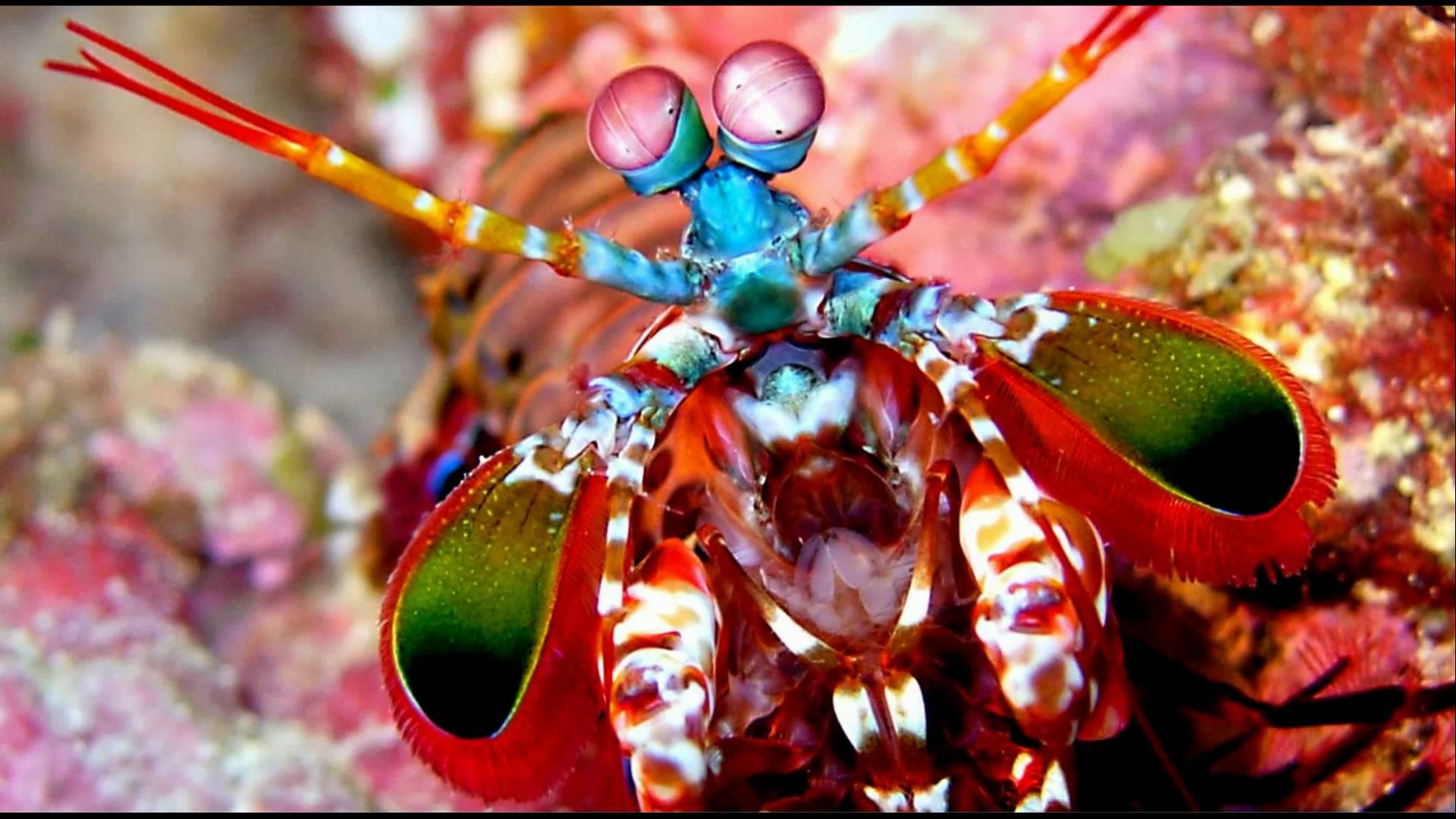
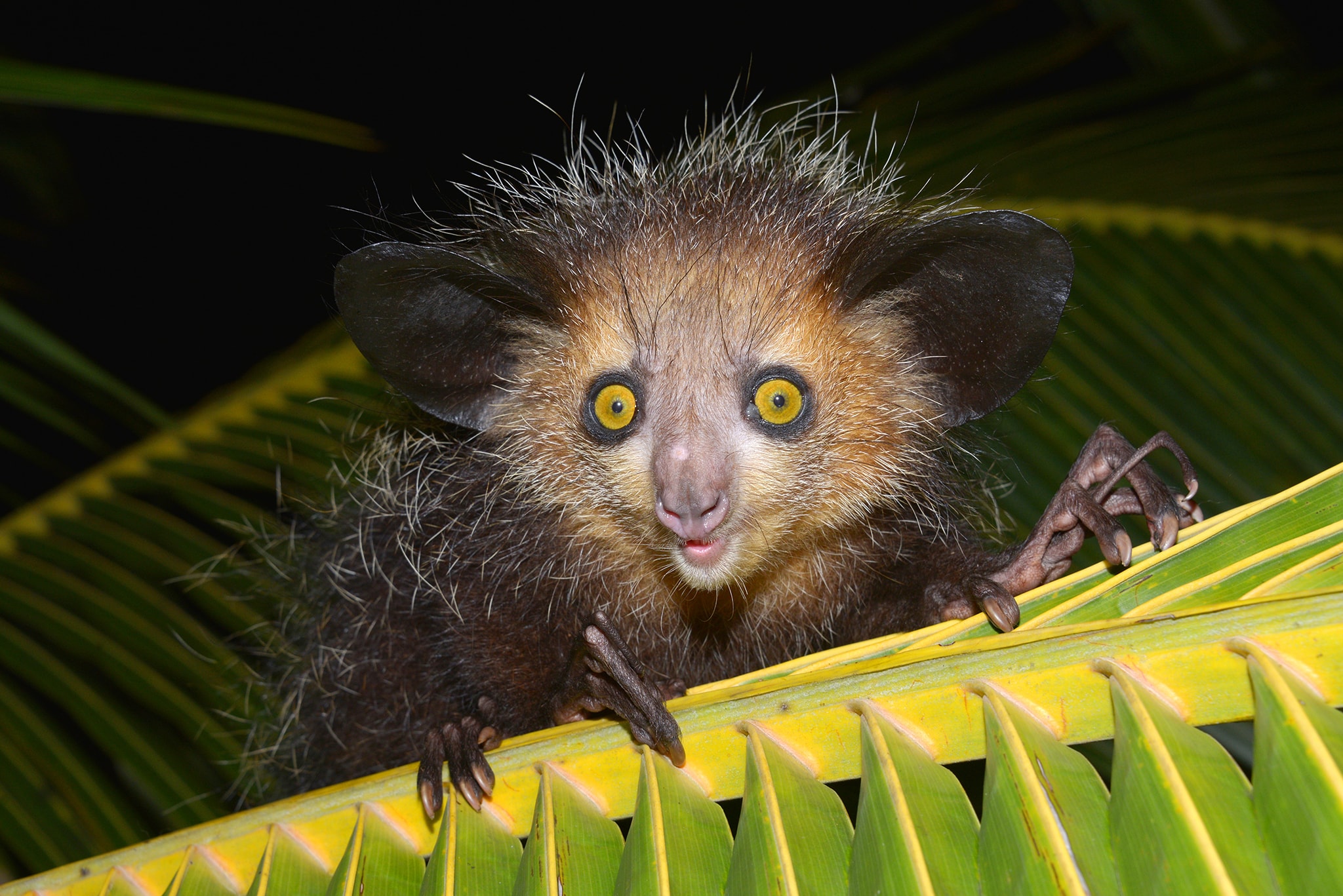



No Comment